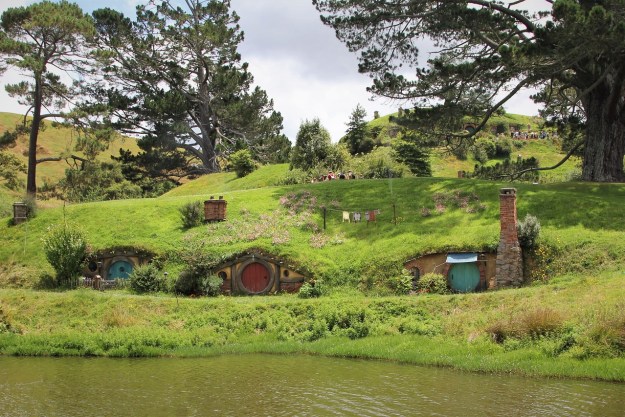News dropped recently that Netflix is signing on a new underworld detective. In the process, the streaming service will attempt again to nail the Triple Lindy — diving into a live-action version of an animated Japanese hit.
Few studios have pulled off the feat and many, including Netflix, have flopped in the process. This hasn’t stopped attempts to portray real-life, acted versions of popular anime and manga series, as this exciting news proves. Netflix announced the first Yu Yu Hakosho live-action series actor, Takumi Kitamura, who will play the lead character in Yu Yu Hakosho, Yusuke Urameshi.
unveiling the cast of the live-action Yu Yu Hakusho over the next few days! stay tuned to this thread pic.twitter.com/2LUzsDhM3r
— Netflix Anime (@NetflixAnime) July 16, 2022
Anticipation is pitched for live actors to bring the manga story to the silver screen. Yu Yu Hakosho anime is the story of a spirit that neither heaven nor hell has a place for. (While there is a highly rated anime version out, the series won’t draw from this source.) Urameshi, who was hit by a car while trying to save a child’s life, now has to survive ordeals in the afterlife, investigating apparitions and demons all while trying to earn a place for his soul. While hopes remain high, Netflix might do best to learn from the ghosts of its own past.
In case the studio wants a little direction, The Manual would like to offer some assistance. Here are a few reasons why many live versions of digital Japanese tales have failed to capture motion picture magic.
Live Action Is No Match for Animation
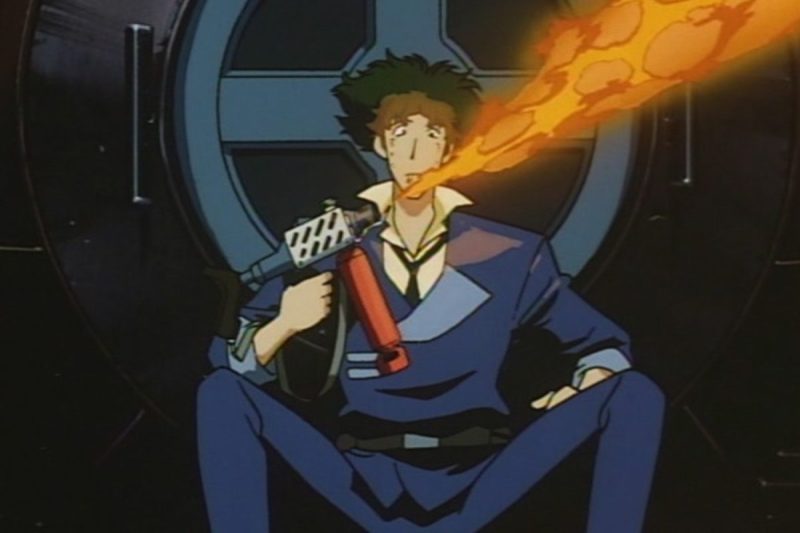
Despite the best of intentions, Netflix’s reimagining of Cowboy Bebop failed. This wasn’t for trying, but bringing the lodestar of the anime galaxy to the three-dimensional world was almost guaranteed to fall short because it faces the limits of time, space, and biology that hand-drawn characters do not.
Budget estimates for Cowboy Bebop ranged from $6 to $7 million dollars per episode. It was drawn out over 10 episodes, and Netflix likely shelled out $60 to $70 million for the show. Just one filmed episode could probably finance an entire anime series. And still, the neo-noir setting was panned for being cheap, unimaginative, and out of context.
The naked truth is that there are going to be many things that a production team can draw from that are never going to work with human beings.
Overproduction Leads to Wooden Emotion
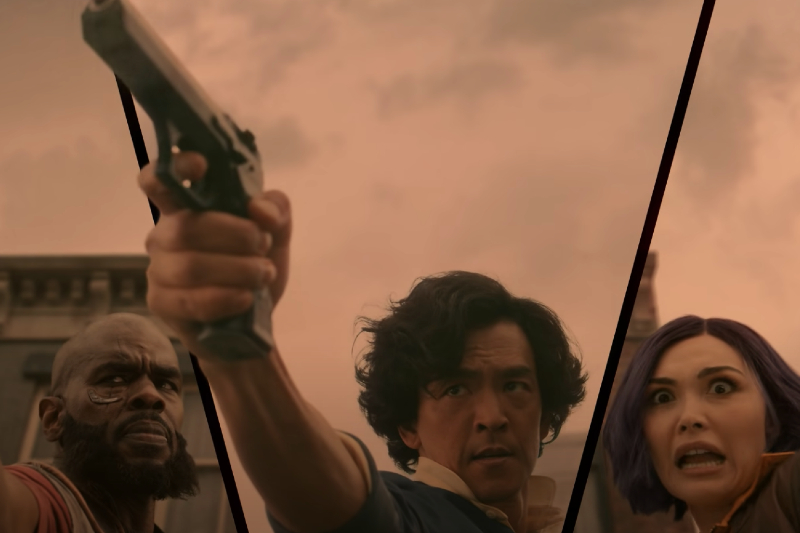
Live action is meant for subtle suggestion, and anime for overwrought reaction. The two are tough to meet in the middle. Anime’s medium allows it to exaggerate human movement — facial expressions and body language are brought to the limits of (and beyond) spoof. Recreating this experience in three dimensions achieves only a hammy effect.
The 1993 Hong Kong action comedy City Hunter, like most of its brethren, suggested good things when Jackie Chan was tagged to play the lead, Saeba Ryo. Chan’s formidable on-screen charm, however, still failed to encompass the show’s most over-the-top situational comedy and extreme action scenes.
Coming from the opposite direction, John Cho commented that he wanted to bring Spike into the human world in Cowboy Bebop. The problem is that Spike isn’t human. He’s the driving character in a space opera, a mysterious bounty hunter whose past flits in reflections from city lights on wet urban streets. Spike’s world is a torn fantasy that can only be expressed in hints dropped like silver coins in a deep pond. On screen, that cauldron loses all depth, and fictional witchcraft becomes a tacky representation.
Squeezed Storylines Choke Character Development
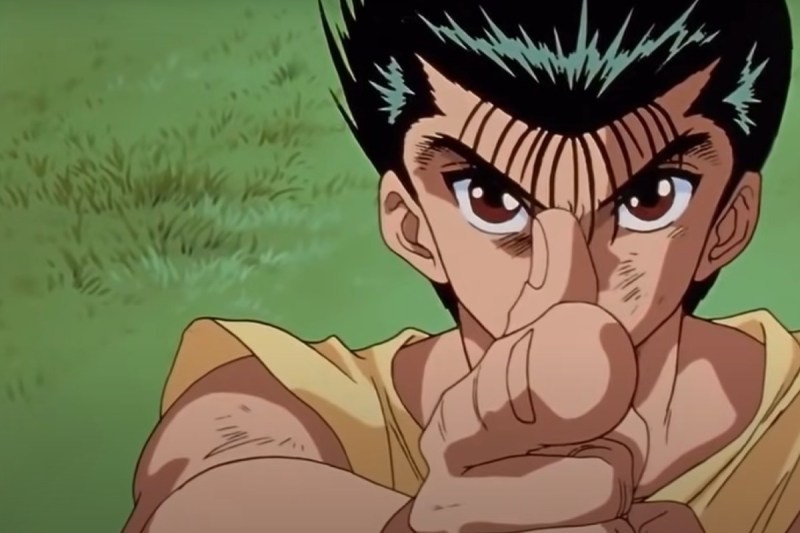
The original Yu Yu Hakosho manga series was serialized in Shueisha’s Weekly Shōnen Jump from December 1990 to July 1994. The contents consist of 175 chapters collected in 19 volumes. Its anime adaptation takes up 112 Yu Yu Hakosho episodes on television (directed by Noriyuki Abe and co-produced by Fuji Television, Yomiko Advertising, and Studio Pierrot). This leaves an enormous amount of detail and backstory to stuff into a 10- or even 20-hour series. No matter what, there are going to be a number of cuts and unfortunate gaps in knowledge.
This is especially true for new viewers, which subsequently limits a live-action interpretation’s audience.
Story Plot Alterations
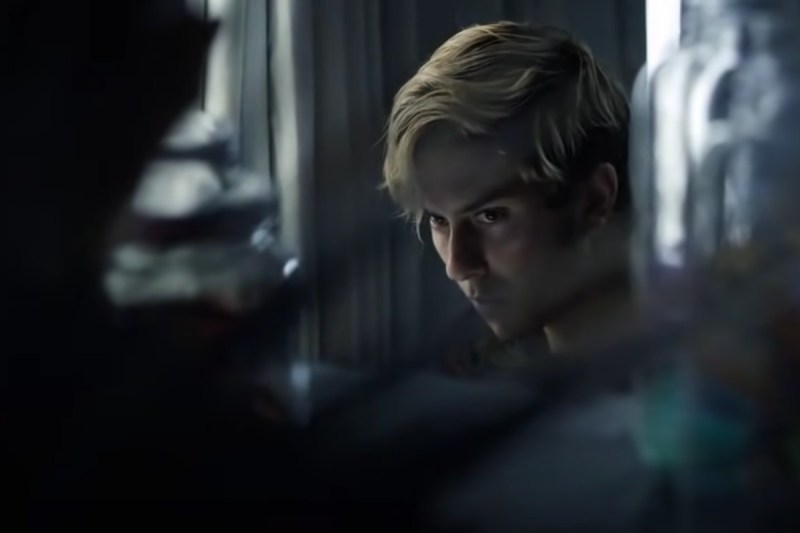
Compressing dozens or hundreds of episodes into a few hours also requires filmmakers to significantly cut down on exposition, often sweeping over the entire backstory in broad strokes. Sometimes the narrative doesn’t carry over at all, as is what happened in 2017’s Death Note.
Besides carrying over the main characters Light (whose last name was Americanized to “Turner” in the film) and the demon Ryuk, the original story is completely altered. Moviegoers expecting to find Light killing off criminals as he tries to become a new god are instead thrown into what amounts to a cheesy high school drama. Guess how well that did with rabid manga fans? That’s right, Death Note was one of the most criticized renditions of Japanese ‘toons of all time. Besides a quality real-life Ryuk, the rest of the film is uninspired and watered down.
Whitewashing Characters
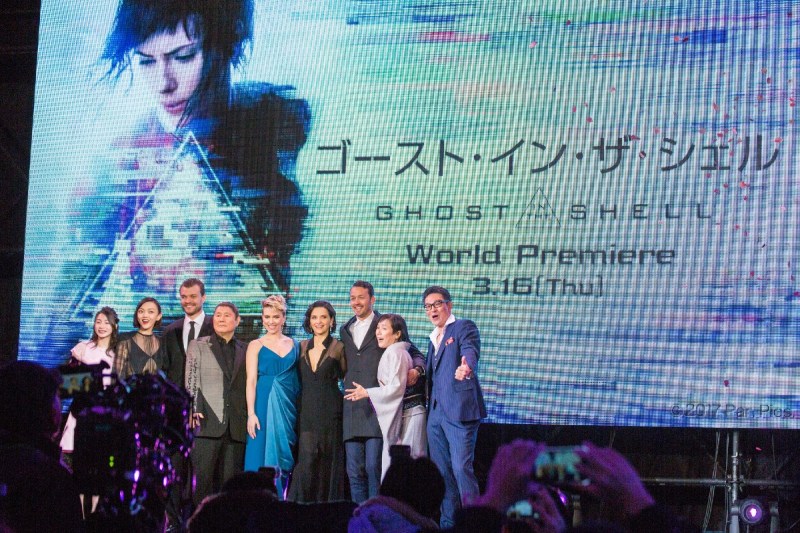
Speaking of Death Note, Light‘s name is Light Yagami, but Netflix thought this might be too complicated for American viewers and changed his name to Light Turner. The animated Death Note is set in various Japanese settings — sometimes pastoral, sometimes noir, but always Eastern. Consumers of the movie version might have no idea about its origin, because there‘s nothing to suggest these national roots. The film is set completely in an American high school and there is only one Asian actor in the film.
Ironically, it was one of the worst examples of whitewashing, and 2017’s Ghost in the Shell helped bring attention to it. An adaptation of the manga by Masamune Shirow, the story follows Major Motoko Kusanagi, an android special agent who questions her lack of humanity and cyber-enhanced skills. Casting Scarlett Johansson as the Japanese lead sparked a swift and hot reaction from the Asian-American community. Petitions were signed, YouTube reactions were posted, and hashtags were born — #whitewashedOUT.
Amid the uproar, The Nerds of Color editor-in-chief Keith Chow and comedian Margaret Cho had a #whitewashedOUT Twitter chat to “talk honestly and openly about the dangers of erasure and lack of representation for Asian-American communities and other communities of color.”
Filmmaker Chewy May released Ghost in the Shell PSA in 2017. The short film depicts a young Asian girl in a comic book store, inundated by white superheroes, until she finds the Ghost in the Shell manga. Lifted hopes are soon crushed again when the girl is confronted by Ghost’s movie poster.
Adaptation Often Leads to Imitation
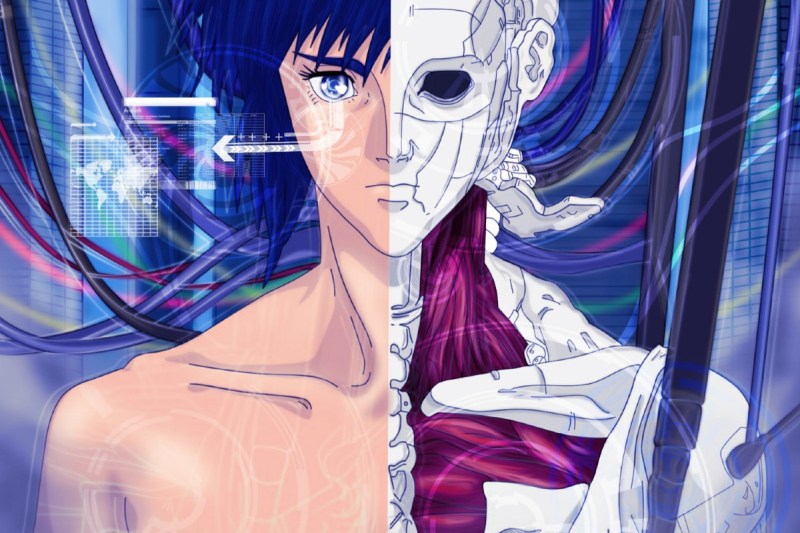
As an anime adaptation, a live performance has to contain a certain self-consciousness to translate a cult classic anime into the third dimension.
Live-action anime productions face massive expectations. Decades of anticipation are enough to get fans to froth at the mouth. Nods to forbears are a necessity. And yet, recreating scenes and lines from progenitors is tough to rework without coming off as a knockoff remake.
Scarlett Johansson, for example, replayed scene-for-scene stills of the animated Ghost In The Shell. Instead of an ode to Major Motoko Kusanagi’s most memorable moments, the shots fell well short — posed imitations of graphic transcendence.
Cowboy Bebop sought to pay tribute to its animated origins not only via Yoko Kanno’s famous jazz-backed intro, but with voice lines lifted directly from the page. The tone is off, though, showing a glossy surface with no real understanding of a timeless base.
Dodging Pitfalls
Yu Yu Hakosho has already avoided some of the traps laid for live-action adaptations. Casting Japanese actors and spreading the action over an extended series should help to ease some of the discomfort in fitting a film’s parameters over an entire animated universe.
Let’s hope they are able to bring some of the show’s hand-drawn magic over to the real world. It’ll be a while before the results are in, as Netflix has the series slated for winter 2023.
Editors' Recommendations
- The Irishman, Extraction, The Gray Man, and more: The 10 best action movies on Netflix
- 72 Dangerous Places to Live, Dark Tourist, and more: Sate your wanderlust with the best travel shows and documentaries on Netflix
- The best ’80s action movies on Netflix


